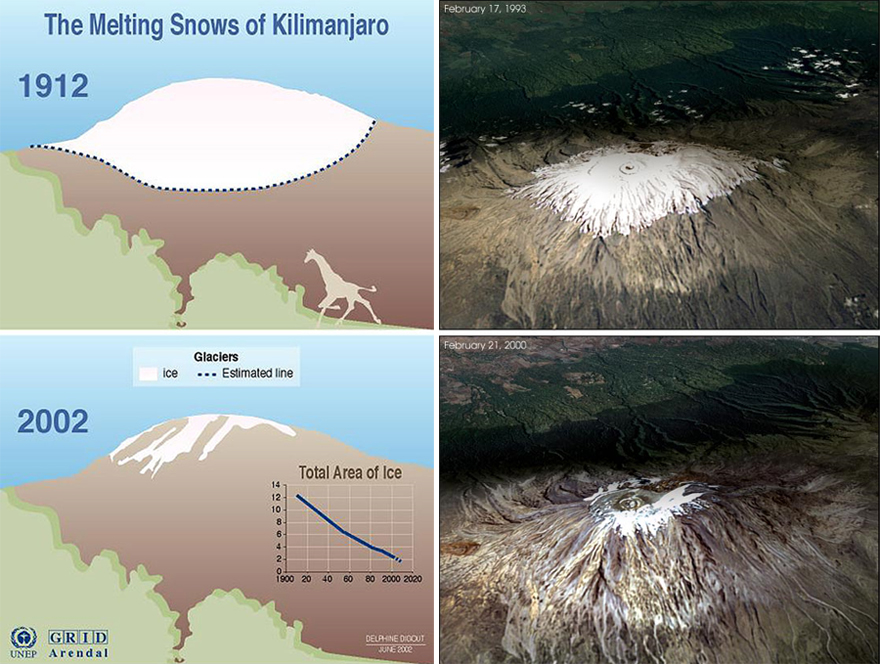Credit: 350africa.org – Right now, the effects of climate change are already being felt by people across Africa. Evidence shows that the change in temperature has affected the health, livelihoods, food productivity, water availability, and overall security of the African people.
According to the Climate Change Vulnerability Index for 2015, seven of the ten countries most at risk from climate change are in Africa.
Africa has seen a decrease in rainfall over large parts of the Sahel and Southern Africa, and an increase in parts of Central Africa. Over the past 25 years, the number of weather-related disasters, such as floods and droughts, has doubled, resulting in Africa having a higher mortality rate from droughts than any other region.
1. Impacts on weather patterns
Flooding
Flooding is the most prevalent disaster in North Africa, the second most common in East, South and Central Africa, and the third most common in West Africa (AWDR, 2006).
In North Africa, the 2001 disastrous flood in northern Algeria resulted in about 800 deaths and economic loss of about $400 million. In Mozambique, the 2000 flood (worsened by two cyclones) caused 800 deaths, affected almost 2 million people of which about 1 million needed food, 329,000 people were displaced and agricultural production land was destroyed (AWDR, 2006).
Drought
Between July 2011 and mid-2012, a severe drought affected the entire East Africa region and was said to be “the worst drought in 60 years.”
2. Impacts on Water Supply and Quality
Observable effects of climate change on water resources in Africa include: flooding, drought, change in distribution of rainfall, drying-up of rivers, melting of glaciers and the receding of bodies of water.
West Africa
Entire economies suffer when the water levels of Africa’s huge rivers drop. Ghana, for example, has become totally reliant on the hydro-electric output of the Akosombo dam on the river Volta. Mali is dependent on the river Niger for food, water and transport. However, great stretches of the river is now facing environmental devastation as a result of pollution. In Nigeria, half the population has no access to clean water.
Mount Kilimanjaro Glaciers
The gradual yet dramatic disappearance of the glaciers on Mount Kilimanjaro is a result of climate change (IPCC, 2001). The glaciers act as a water tower and several rivers are now drying up. It is estimated that 82% of the ice that capped the mountain, when it was first recorded in 1912, is now gone. (IPCC, 2001)

Image © EarthKAM
3. Impacts on Agriculture and Food
Across Africa the landscape is changing. Droughts, heat stress and flooding have led to a reduction in crop yields and livestock productivity.

